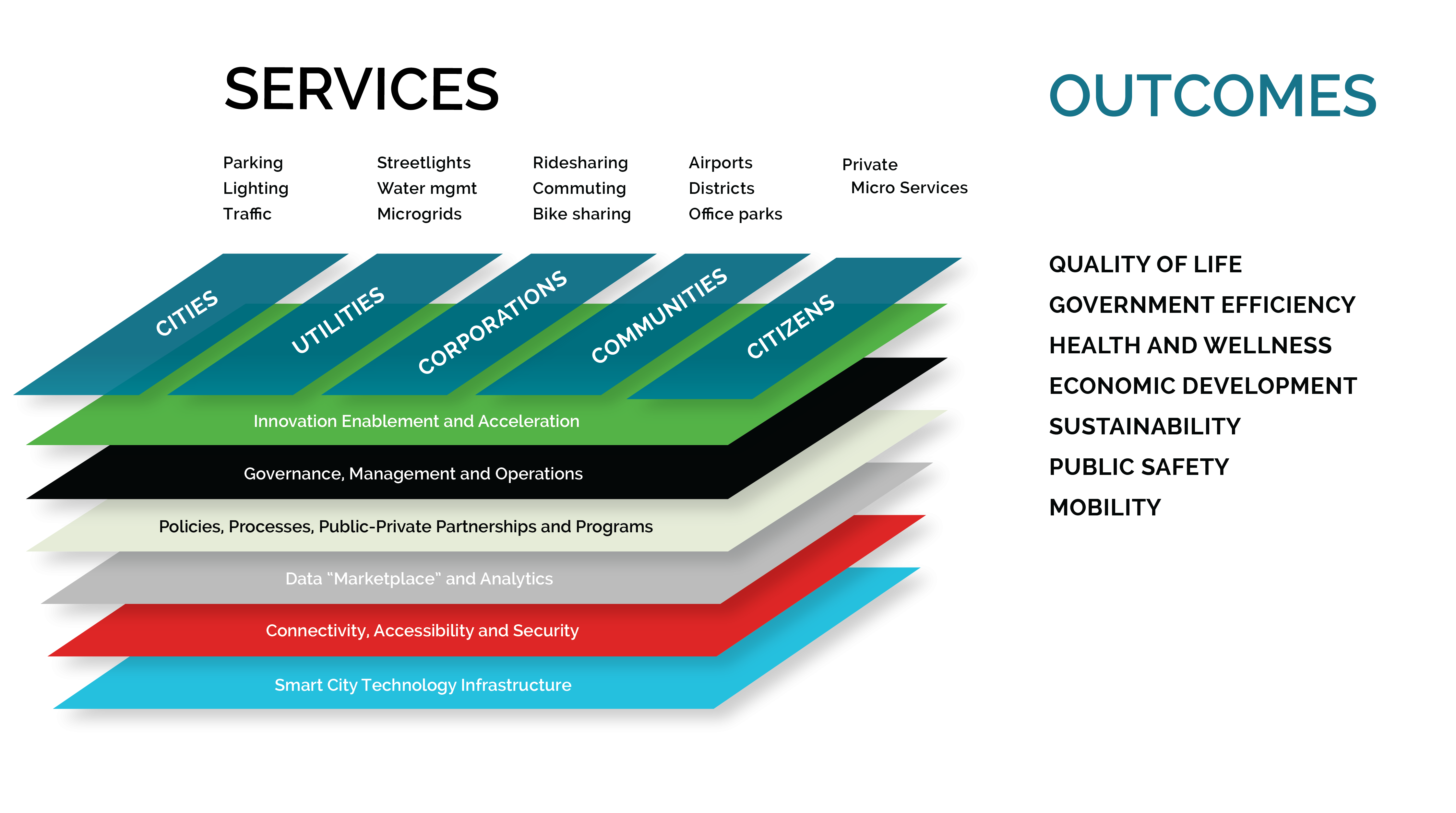After so many years evangelizing the Internet of Things (IoT) or developing IoT products or selling IoT services or using IoT technologies, it is hard to believe that today there are as many defenders as detractors of these technologies. Why does the doubt still assail us: "Believe or Not Believe in the IoT"? What's the reason we keep saying every year that the time for IoT is finally now?
It does not seem strange to you that if we have already experienced the power of change that involves having connected devices in ourselves (wearables), in our homes, in cities, in transportation, in business, we continue with so many non-believers. Maybe, because the expectations in 2013 were so great that now in 2020 we need more tangible and realistic data and facts to continue believing.
In recent months I have had more time to review my articles and some white papers and I think I have found some reasons to continue believing, but also reasons not to believe.
Here below there are some of these reasons for you to decide where to position yourself.
Top reasons to believe
- Mackinsey continue presenting us new opportunities with IoT
- If in 2015 “Internet of Things: Mapping the value beyond the hype” the company estimated a potential economic impact as much as 11,1 US trillions per year in 2025 for IoT applications in 9 settings.
- In 2019 “Growing opportunities in the Internet of Things” they said that “The number of businesses that use the IoT technologies has increased from 13 percent in 2014 to about 25 percent today. And the worldwide number of IoT connected devices is projected to increase to 43 billion by 2023, an almost threefold increase from 2018.”
- Gartner in 2019 predicted that by 2021, there will be over 25 Billion live IoT endpoints that will allow unlimited number of IoT use cases.
- Harbor Research considers that the market opportunity for industrial internet of things (IIoT) and industry 4.0 is still emergent.
- Solutions are not completely new but are evolving from the convergence of existing technologies; creative combinations of these technologies will drive many new growth opportunities;
- As integration and interoperability across the industrial technology “stack” relies on classic IT principles like open architectures, many leading IT players are entering the industrial arena;
- IoT regulation is coming - The lack of regulation is one of the biggest issues associated with IoT devices, but things are starting to change in that regard as well. The U.S. government was among the first to take the threat posed by unsecured IoT devices seriously, introducing several IoT-related bills in Congress over the last couple of years. It all began with the IoT Cybersecurity Improvement Act of 2017, which set minimum security standards for connected devices obtained by the government. This legislation was followed by the SMART IoT Act, which tasked the Department of Commerce with conducting a study of the current IoT industry in the United States.
- Synergy of IoT and AI - IoT supported by artificial intelligence enhances considerably the success in a large repertory of every-day applications with dominant one’s enterprise, transportation, robotics, industrial, and automation systems applications.
- Believe in superpowers again, thanks to IoT - Today, IoT sensors are everywhere – in your car, in electronic appliances, in traffic lights, even probably on the pigeon outside your window (it’s true, it happened in London!). IoT sensors will help cities map air quality, identify high-pollution pockets, trigger alerts if pollution levels rise dangerously, while tracking changes over time and taking preventive measures to correct the situation. thanks to IoT, connected cars will now communicate seamlessly with IoT sensors and find empty parking spots easily. Sensors in your car will also communicate with your GPS and the manufacturer’s system, making maintenance and driving a breeze!. City sensors will identify high-traffic areas and regulate traffic flows by updating your GPS with alternate routes. These IoT sensors can also identify and repair broken street lamps. IoT will be our knight in shining, super-strong metallic armor and prevent accidents like floods, fires and even road accidents, by simply monitoring fatigue levels of truck drivers!. Washing machines, refrigerators, air-conditioners will now self-monitor their usage, performance, servicing requirements, while triggering alerts before potential breakdowns and optimizing performance with automatic software updates. IoT sensors will now help medical professional monitor pulse rates, blood pressure and other vitals more efficiently, while triggering alerts in case of emergencies. Soon, Nano sensors in smart pills will make healthcare super-personalized and 10x more efficient!
Top reasons not to believe
- Three fourths of IoT projects failing globally. Government and enterprises across the globe are rolling out Internet of Things (IoT) projects but almost three-fourths of them fail, impacted by factors like culture and leadership, according to US tech giant Cisco (2017). Businesses are spending $745 billion worldwide on IoT hardware and software in 2019 alone. Yet, three out of every four IoT implementations are failing.
- Few IoT projects survive proof-of-concept stage - About 60% of IoT initiatives get stalled at the Proof of Concept (PoC) stage. If the right steps aren’t taken in the beginning, say you don’t think far enough beyond the IT infrastructure, you end up in limbo: caught between the dream of what IoT could do for your business and the reality of today’s ROI. That spot is called proof-of-concept (POC) purgatory.
- IoT Security still a big concern - The 2019 annual report of SonicWall Caoture Labs threat researchers analyzing data from over 200,000 malicious events indicated that 217.5 percent increase in IoT attacks in 2018.
- There are several obstacles companies face both in calculating and realizing ROI from IoT. Very few companies can quantify the current, pre-IoT costs. The instinct is often to stop after calculating the cost impact on the layer of operations immediately adjacent to the potential IoT project. For example, when quantifying the baseline cost of reactive (versus predictive or prescriptive) maintenance, too many companies would only include down time for unexpected outages, but may not consider reduced life of the machine, maintenance overtime, lost sales due to long lead times, supply chain volatility risk for spare parts, and the list goes on.
- Privacy, And No, That’s Not the Same as Security. The Big Corporations don’t expect to make a big profit on the devices themselves. the Big Money in IoT is in Big Data. And enterprises and consumers do not want to expose everything sensors are learning about your company or you.
- No Killer Application – I suggest to read my article “Worth it waste your time searching the Killer IoT Application?"
- No Interoperable Technology ecosystems - We have a plethora of IoT vendors, both large and small, jumping into the fray and trying to establish a foothold, in hopes of either creating their own ecosystem (for the startups) or extending their existing one (for the behemoths).
- Digital Fatigue – It is not enough for us to try to explain IoT, that now more technologies such as Artificial Intelligence, Blockchain, 5G, AR / VR are joining the party and of course companies say enough.
You have the last word
We can go on forever looking for reasons to believe or not believe in IoT but we cannot continue to deny the evidence that the millions of connected devices already out there and the millions that will soon be waiting for us to exploit their full potential.
I still believe. But you have the last word.
Thanks in advance for your Likes and Shares










